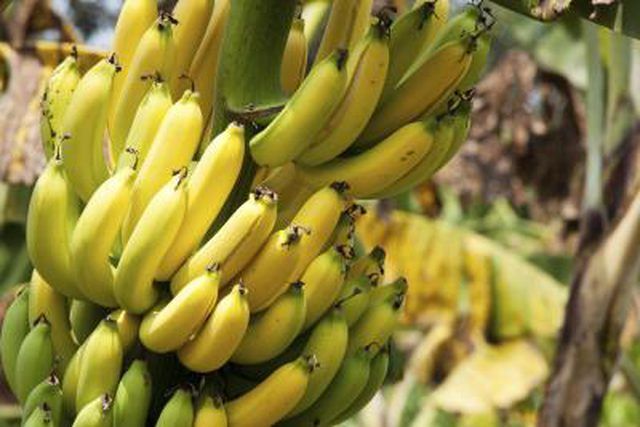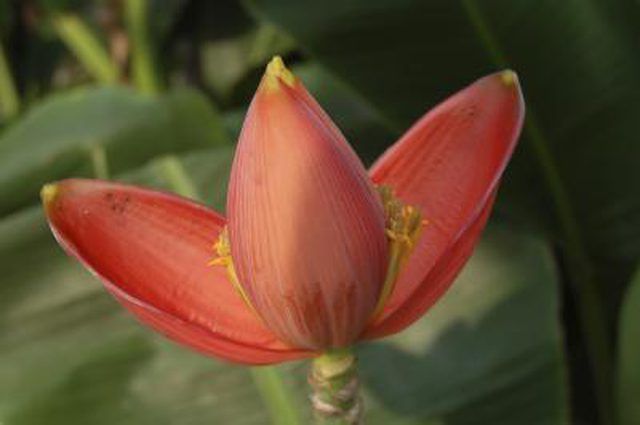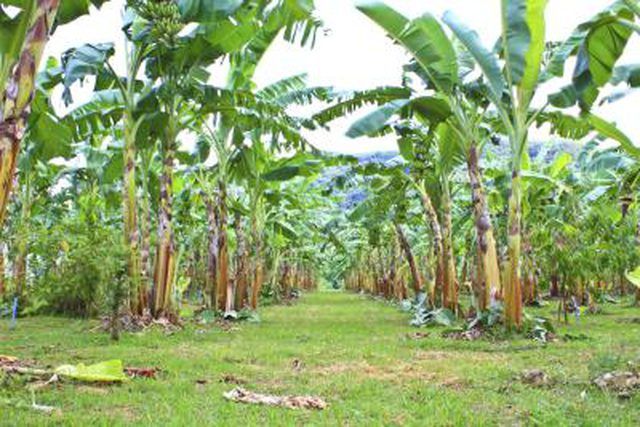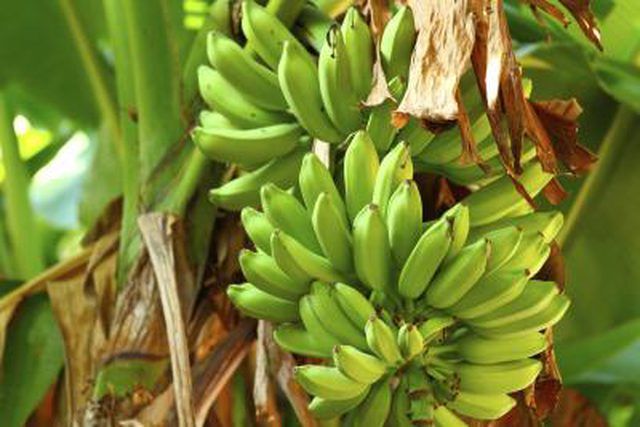Bulbs
Flower Basics
Flower Beds & Specialty Gardens
Flower Garden
Garden Furniture
Garden Gnomes
Garden Seeds
Garden Sheds
Garden Statues
Garden Tools & Supplies
Gardening Basics
Green & Organic
Groundcovers & Vines
Growing Annuals
Growing Basil
Growing Beans
Growing Berries
Growing Blueberries
Growing Cactus
Growing Corn
Growing Cotton
Growing Edibles
Growing Flowers
Growing Garlic
Growing Grapes
Growing Grass
Growing Herbs
Growing Jasmine
Growing Mint
Growing Mushrooms
Orchids
Growing Peanuts
Growing Perennials
Growing Plants
Growing Rosemary
Growing Roses
Growing Strawberries
Growing Sunflowers
Growing Thyme
Growing Tomatoes
Growing Tulips
Growing Vegetables
Herb Basics
Herb Garden
Indoor Growing
Landscaping Basics
Landscaping Patios
Landscaping Plants
Landscaping Shrubs
Landscaping Trees
Landscaping Walks & Pathways
Lawn Basics
Lawn Maintenance
Lawn Mowers
Lawn Ornaments
Lawn Planting
Lawn Tools
Outdoor Growing
Overall Landscape Planning
Pests, Weeds & Problems
Plant Basics
Rock Garden
Rose Garden
Shrubs
Soil
Specialty Gardens
Trees
Vegetable Garden
Yard Maintenance
Life Cycle of Banana Plants
Life Cycle of Banana Plants. Modern banana trees are a cultivated crop derived from wild banana trees that yield inedible fruit. The first cross-pollination of banana trees occurred in Malaysia around 2000 BC. Banana trees are a very large herb plant that yields berries called bananas.
Modern banana trees are a cultivated crop derived from wild banana trees that yield inedible fruit. The first cross-pollination of banana trees occurred in Malaysia around 2000 BC. Banana trees are a very large herb plant that yields berries called bananas.

Banana trees sprout from underground rootstalks that grow horizontally from a mature banana tree. After 10 to 15 months, the tree sprouts and forms a stalk, then grows leaves that can be 9 feet long and 2 feet wide.

Banana trees sprout female flowers, sterile flowers and finally male flowers. Bananas sprout from the female flowers without pollination.

Modern banana trees originated from wild banana trees in east and Southeast Asia. Modern, fruit-bearing species originated from cross-pollinating two inedible banana species.

Banana trees require rich, well-drained soils and frequent, deep watering to support their large leaves. They flourish when temperatures are between 28 and 100 degrees.

Bananas will produce one crop of fruit and then die. In late summer, the flowers form fruit, which ripens in early spring. One small shoot should be allowed to spring from the mature banana tree and all others should be removed to ensure fruit production and next year’s crop.
